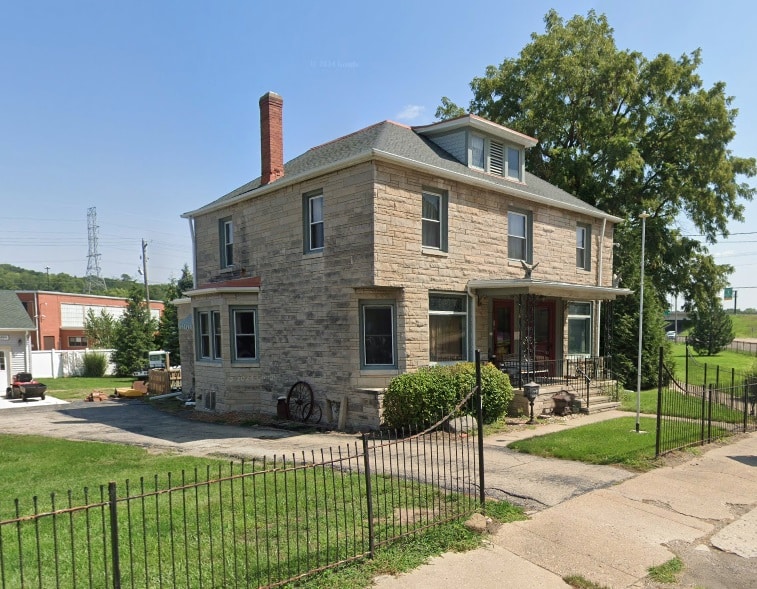Having reviewed the history of Boynton Township last week, and spotlighted that township’s only community, the village of Boynton, this week we’ll move to another sparsely populated rural township in southern Tazewell County – Malone Township.
While Boynton Township has no incorporated communities and only one unincorporated community, Malone Township today no longer has any real, living communities at all, but continues to be dotted with farms. Current township plat maps continue to mark the site of Malone’s one unincorporated community, the hamlet of Winkel in Section 23, but Winkel – which was never very large – is now hardly more than a name on the map. Winkel is – or was – about a half-mile east of Illinois Route 29, but all that is left of the hamlet now are a few barns, two or three nearby farmsteads, and the name of the road it was on: Winkel Road.

Things were very different some six or seven decades ago. This is how John Drury in his 1954 “This is Tazewell County,” page 227, described Winkel:
“A small hamlet in Malone Township is Winkel, located in the southern part of the county. It is on the Gulf, Mobile & Ohio Railroad and near the hamlet is State 29. Winkel is served by the post office at Delavan. It is the only community in Malone Township, which has a population of 383. The township was first settled in 1850. One of its earliest residents was Dr. Hubbard S. Latham, who served as the township’s first justice of the peace.”
The 1864, 1873, and 1891 plat atlases of the county show no trace of Winkel. The hamlet first appears in old Tazewell County plat atlases in 1910, but the late local historian Fred Soady, in his 1979 “Preliminary Master List of Settlements in Tazewell County,” claimed the site was first settled about 1840, and noted that it became a station on the St. Louis, Peoria & Northern Railroad in 1879. (However, the date of 1840 is too early, as we shall see further on.) Winkel got its name because it was established on farmland owned by German settler Christopher Winkel (1833-1908), who is buried in St. Mary’s Catholic Cemetery in rural Delavan.

By the time Winkel first shows up in the 1910 plat atlas, the St. Louis, Peoria & Northern had become the Chicago & Alton. In 1910 the little hamlet had one north-south street, Ehret Street, and three east-west streets, Winkel Road, First Street, and Second Street. In the past Winkel had two grain elevators, a train depot, a general store, a grade school, and a few homes. According to Soady, from 1898 to 1913 Winkel had its own post office.
Eventually the days of passenger train service came to an end, and the Chicago & Alton Railroad became the Gulf, Mobile & Ohio Railroad. With the loss of its train station, Winkel slowly withered away. By the early 1980s, however, the G M & O at Winkel had become the Illinois Central. Old plat books show that the tracks were pulled up between 1982 and 1987. Over time, Winkel’s country schoolhouse, general store, and grain elevators all closed down and have long since vanished, along with the homes of those who once lived there. The faint track of the old rail bed is still visible on Google Map’s satellite image, but nothing remains of Winkel’s streets.

As mentioned above, Malone Township was not settled until 1850, at which time the township’s land was still a part of Delavan Township. Charles. C. Chapman’s 1879 “History of Tazewell County,” page 526, explained that this part of the county took so long to be settled because most of the area was a marsh that had to be drained so pioneers could farm the land and build homes. But four years after receiving its first settler, in Nov. 1854, Malone was organized as a separate township.
Although Winkel was Malone Township’s only community, the township’s seat of government was never in Winkel. Rather, the township hall has been located at 3000 Shay Road, at the corner of Shay and Hamann roads, at least since 1910, the same year Winkel is first shown on the map in the old county atlases. The hall is still at that location today, and it serves as the polling place for the voters of Malone Township. The 2010 U.S. Census shows the township’s population has fallen to just 220 people in 95 households.











